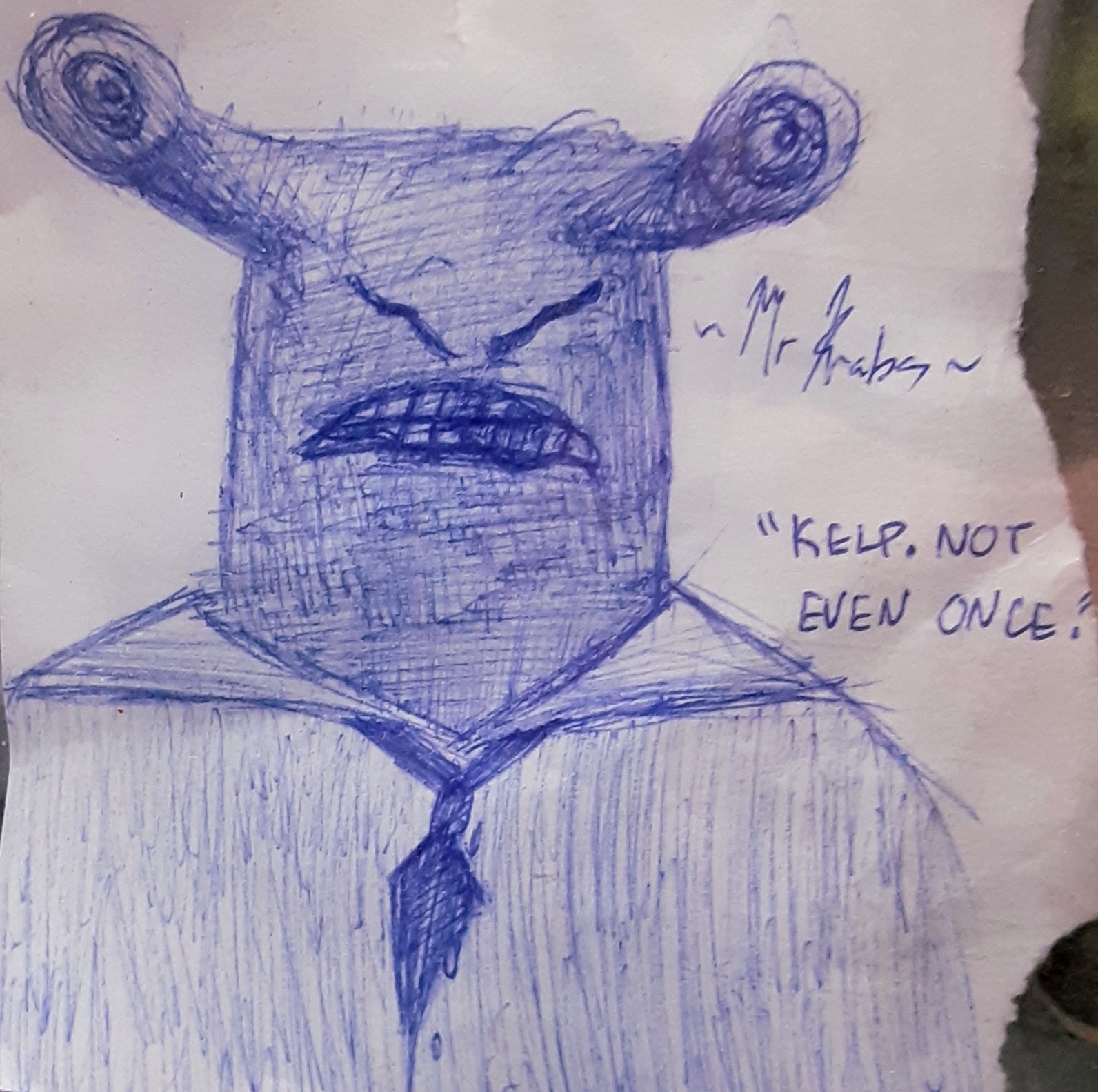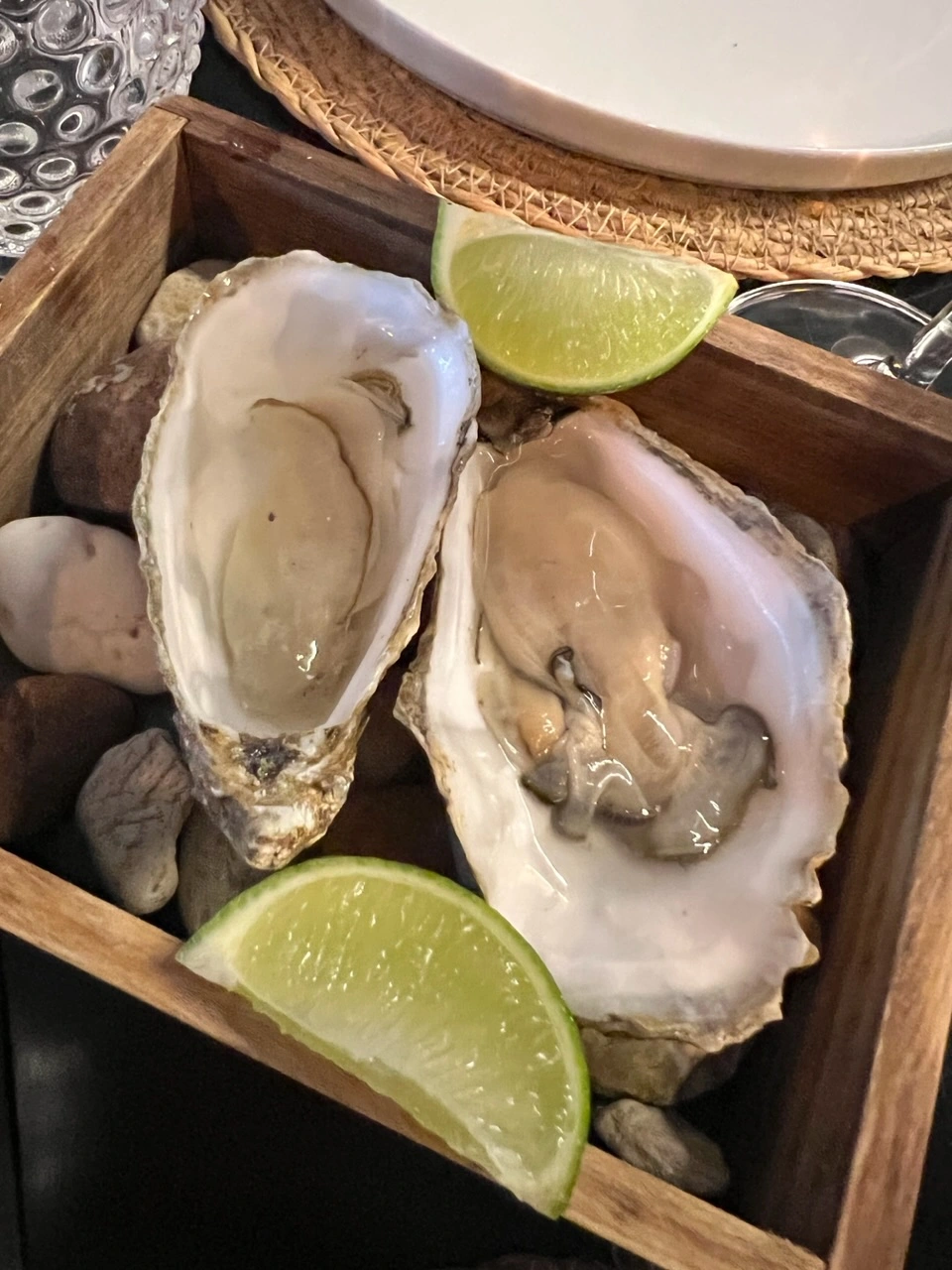The food and drink additives, which have been linked to health issues, could be removed from products nationwide as a result of the new law.
California Gov. Gavin Newsom has signed a bill that bans four food additives linked to health problems, the first time a state has outlawed chemicals allowed by the Food and Drug Administration.
Starting in 2027, California will prohibit red dye No. 3, potassium bromate, brominated vegetable oil and propylparaben after Newsom, a Democrat, signed Assembly Bill 418 into law Saturday. All four ingredients have been made illegal in the European Union and some other parts of the world, but they can be found in commonly sold items in the U.S., such as some brands of orange soda, icing, hamburger rolls, candies and processed foods.
The chemicals have been associated with issues from hyperactivity in children to cancer.
What's sad to me is seeing that they are banned in other countries and these companies have already adjusted their recipes for those countries. They chose to keep the more dangerous chemicals in the US because they weren't forced to change. The US seems to not care about it's citizens
Yep. They're banned here in Canada so a shit ton of American food is just illegal here across the border. It's kind of insane that it went on this long. The whole "Red M&Ms are illegal in Europe" thing has been known for a while.
Companies, like people, always act in self interest, so it makes sense.
In the long run out seems like you could sell more shit if your customers are alive but it would cut into quarterly profits and that's what really matters.
They don't care about the company's future beyond their own personal gains from it.
Tbh, I doubt that they would care in the slightest if the entire company closed the day after they left/retired. It seems like almost all CEOs have that target these days.
The US absolutely doesn't care about its citizens.
capitalism is so cool. you'd think it'd be easier to just have one recipe for everywhere but noo
Oh, easier, sure. But the spreadsheet says!!
The FDA banned Red Dye 3 ~30 years ago… for cosmetics. Can't put it in makeup, but food? ¯_(ツ)_/¯
Gotta wonder how much money it took to make the FDA look the other way.
It's surprisingly cheap to buy politicians and officials, like a couple of grand would do it
Why Is Red Dye No. 3 Allowed in Food but Not in Cosmetics? The short answer: Bureaucracy, it seems. As the recent petition to the FDA puts it: “There is no scientific or public health justification for permitting the use of FD&C Red No. 3 dye in food while prohibiting [the dye] in cosmetics and externally applied drugs.”
Instead, it’s largely the result of complicated internal processes at the FDA. The list of color additives the agency allows in food, supplements, and ingested drugs (like pills and liquid medicine) is separate from the list for cosmetics and applied drugs (like prescription lotions). That means the FDA has had to make decisions about the safety of each type of use at different times.
The agency approved the use of Red Dye No. 3 in food and supplements before it approved its use in cosmetics. By the time the FDA had to make a decision about whether to permanently approve its use in cosmetics, in 1990, the agency had enough evidence from scientific studies to show that it caused cancer in lab rats. So the FDA then banned Red Dye No. 3 from all cosmetics. But at that point, the color was already on a permanently approved list for food.
So then what happened? At the time, the FDA said that it would “take steps” to ban it from food as well, but then … it didn’t. When CR asked the agency to explain its lack of action in 32 years, officials didn’t answer directly but wrote: “The FDA evaluates and approves color additives for certain uses, based on the most current science available at the time. Following our initial evaluation, our scientists continue to review relevant new information to determine whether there are safety questions and whether the use of such substance is no longer safe under the Federal Food, Drug, and Cosmetic Act.”
“Regardless of the reason why it’s taken this long, it’s absurd that it’s taken this long,” says Thomas Galligan, PhD, principal scientist for food additives and supplements at the CSPI and one of the authors of the group’s petition to the FDA. “In 32 years, there’s millions and millions of children who have been exposed to this chemical who didn’t need to be.”
So corruption.
Lazy.
any United States Government office is fullbto the brim with thumb wrestlers
Here, you dropped this: \
deleted by creator
deleted by creator
Yes because Reddit was the first website with emoticons and markdown
That's fine. Red Peeps are an abomination unto the lord. The one true Peep is the yellow Peep.
Amen!
Had to Google these:
Potassium bromate is in flour and baked goods.
Brominated vegetable oil is in certain sodas.
Propylparaben is in certain packaged snacks like trail mix and muffins
Potassium Bromate is used in many industrial baking products, it strengthens gluten. This is important commercially because it gives a stronger bread product in a shorter time. The regular flour you buy for home use does not contain it, though some 'bread mixes' have, at least previously.
It's great that it is being banned, it should have been a long time ago.
It's sad when even China bans it before us.
why is it bad?
It was found to give rats tumors. So cancer risk.
At what dosage/concentration for how long though. I’ve seen studies like this with rat tumors. But in a few I remember, you’d have to consume an inhumanly impossible amount daily for years to be equivalent to what they were forcing on rats.
Either way, I’m all for less toxic shit in the food supply.
So the ingredients have been broken down for us, but if we out them back together Red Dye #3 does have proven strange effects in children. (Adults? I dont personally know).
Brominated Vegetable Oil is one of the top ingredients in Mountain Dew, and I wouldn't doubt that Red Dye No. 3 is in the LiveWire version.
They stopped using it in 2020 in all PepsiCo products. So at least that's a move in the right direction.
About time. My wife was floored by all the weird-colored shit in the US. It's also why some of my childhood guilty pleasure snacks are banned for sale as-is here
I was hoping potassium bromate was on there. Even China has banned it.
You know a food additive is bad when the country that's known for gutter oil and fake eggs also finds this ingredient unsafe
Don't forget the plastic rice.
It’s is on there. Just won’t be implemented this year.
https://www.cnn.com/2023/10/09/health/california-governor-bans-red-dye-no-3-wellness/index.html
Worth noting the EU probably didn't "make" them illegal.
The US requires a substance to be proven dangerous to be banned from use in food substances, the EU requires it to be proven safe to be allowed for use in food substances.
Imagine if the FDA did its job instead of forcing individual states to do it for them. California doesn’t always get things right, but god damn is this a massive W.
But…. What about… love potion #9?
It makes you kiss cops. I don't recommend it.
Well that’s why it should be banned, yeah.
On the other hand, you do have a chance of a relationship with Sandra Bullock, so there's highlights and lowlights.
About damn time.
In Europe round-up is still allowed for professional use even though it's linked to cancer and parkinsons disease.
Newsom gonna have carpal tunnel in his wrist after all this signing he's been doing lately.
Funny enough I used to be allergic to red dye as a kid as it made my skin break out
That reminds me - are there viable alternatives to each of these?
I don't know about the rest, but red dye there is, and one of those includes just not using it. Dye is a marketing tool that isn't necessary for the product.
Red Dye #3 is not commonly used in the United States anymore. Instead, Red Dye #40 is used and works just fine as a safe replacement.
Brominated Vegetable Oil is used to emulsify flavor oils into water and is commonly used in citrus soft drinks. Sucrose Acetate Isobutyrate and Glycerol Ester of Wood Rosin are both be used for the same purpose.
Potassium Bromide is added to flour to strengthen dough, allowing for a greater rise during baking. It appears that Ascorbic Acid (vitamin C) can replace much of its use.
Propylparaben is an antifungal preservative that is used in packaged baked goods to prevent mold. There are other preservatives that can be used, but it sounds like parabens are the most effective for preserving non-acidic foods. I assume that propylparaben will be replaced by some other paraben.
Wow, of all the red dyes in the world they had to pick my favorite one. This wouldn't have happened if Trump was president.
Only four? And why is arsene not one of them? Uranium, too…











